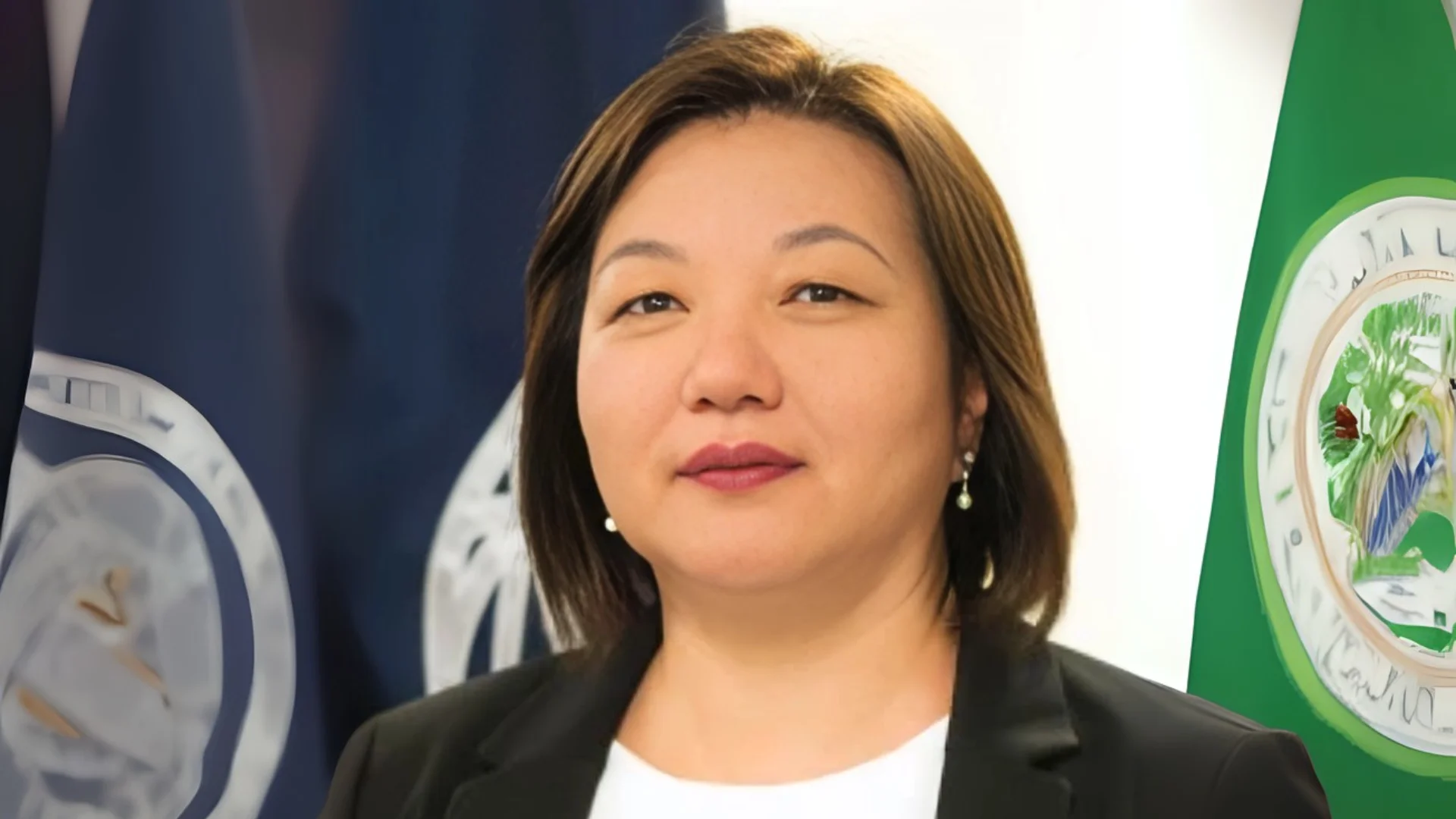The World Bank has released a new report titled “Reclaiming Momentum Towards Prosperity: Pakistan’s Poverty, Equity and Resilience Assessment,” offering a comprehensive look at poverty and welfare trends in Pakistan since the early 2000s.
The assessment shows that after a steady drop in the national poverty rate from 64.3% in 2001-02 to 21.9% in 2018-19, poverty began to rise again starting in 2020. The report attributes this reversal to multiple shocks, including the COVID-19 pandemic, inflation, flooding, and macroeconomic challenges. It also notes that Pakistan’s previous consumption-driven growth model is no longer effective for reducing poverty further.
Using data from household surveys over the past 25 years as well as projections and geospatial analysis, the World Bank report relies on the Household Integrated Economic Survey (HIES) for official poverty estimates based on Pakistan’s national methodology. For global comparisons, updated international thresholds are used. Since there is no new survey data beyond 2018-19 yet available, microsimulation models were used for recent projections; updated figures will be produced once data from HIES 2024-25 are released.
“It will be critical to protect Pakistan’s hard-won poverty gains while accelerating reforms that expand jobs and opportunities—especially for women and young people,” said Bolormaa Amgaabazar, World Bank Country Director for Pakistan. “By focusing on results—investing in people, places, and access to opportunities; building resilience against shocks; prioritizing fiscal management; and developing better data systems for decision-making—Pakistan can put poverty reduction back on track.”
The report finds that non-agricultural labor income was the main driver of reduced poverty over two decades as households moved from farming into low-quality service jobs. However, limited structural transformation has slowed job creation and economic diversification. Most jobs remain informal, with women and youth largely outside the workforce.
Human capital remains a significant challenge: nearly 40% of children are stunted; about one-quarter of primary-school-aged children are not attending school; and three-quarters of those who do attend cannot read a simple story by the end of primary school. Only half of households had safely managed drinking water access in 2018, while nearly a third lacked safe sanitation facilities.
Spatial disparities persist across regions of Pakistan. Rural areas have more than twice the poverty rate compared to urban centers, with some districts continuing to lag behind despite decades of development efforts. The report also points out problems caused by unplanned urbanization resulting in crowded settlements with poor living conditions.
“Progress in poverty reduction is threatened by structural vulnerabilities,” said Christina Wieser, Senior Economist and lead author of the report. “Reforms that expand access to quality services, protect households from shocks, and create better jobs—especially for the bottom 40 percent—are essential to break cycles of poverty and deliver durable, inclusive growth.”
To address these issues, the report suggests four main pathways: investing in human capital through public services like health and education while strengthening local governance; making safety nets more responsive to help build household resilience; adopting progressive fiscal policies such as improved municipal finance and targeted investments; and improving data systems for informed decision-making.
Pakistan joined the World Bank in 1950. The organization has since provided over $48 billion in assistance across various sectors such as energy infrastructure development https://www.worldbank.org/en/country/pakistan/overview#1 . Currently there are 54 active projects totaling $15.7 billion committed funds https://projects.worldbank.org/en/projects-operations/country?lang=en&searchTerm=Pakistan . In addition to funding from the World Bank itself, IFC investments since 1956 have totaled approximately $13 billion supporting projects ranging from renewable energy initiatives https://ifcextapps.ifc.org/IFCExt/pressroom/IFCPressRoom.nsf/0/B6A667E09A28B42D8525893E00645C57 , financial inclusion https://www.ifc.org/en/news/features/2022/pakistan-digital-banking-financial-inclusion , infrastructure https://www.worldbank.org/en/news/feature/2022/11/14/world-bank-supports-sustainable-infrastructure-in-pakistan , agribusinesses https://www.ifc.org/en/news/features/2023/pakistan-cotton-farmers , manufacturing https://disclosures.ifc.org/project-detail/SII/43252/lucky-cement-limited , housing https://www.worldbank.org/en/results/2022/12/16/inclusive-housing-for-pakistan-s-low-income-households , healthcare https://ifcextapps.ifc.org/ifcext/spiwebsite1.nsf/vwAllDocumentsByUNID_NL/E123BE678EFDE92B8525869D005F6686?opendocument , and trade facilitation.
More details can be found within the latest Country Partnership Framework document covering plans through 2035.

